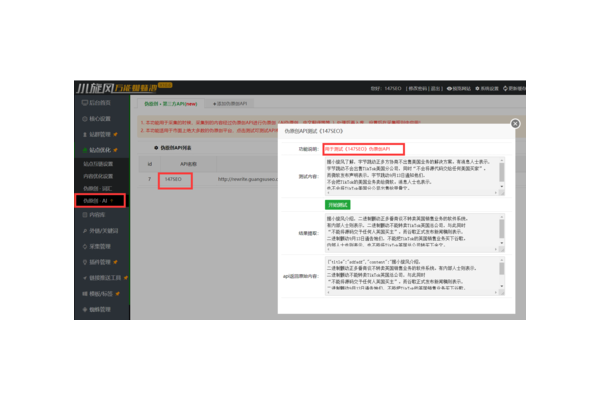Building a spider pool is a topic that has gained significant attention in the field of website optimization and search engine technology. But the question of whether it is simple to build a spider pool is not straightforward to answer. It involves a series of complex processes and considerations that span multiple aspects, from technical requirements to ethical and legal issues.
Firstly, from a technical perspective, constructing a spider pool demands a solid foundation in programming and server management. One needs to have a good understanding of programming languages such as Python, which is widely used in web crawling and data collection. Python provides various libraries and frameworks that can be utilized to build a basic spider program. For example, Scrapy is a powerful open - source web crawling framework in Python. It allows developers to define the rules for crawling websites, extract data, and manage the crawling process efficiently. However, just having a basic spider program is not enough. To build a functional spider pool, one has to manage multiple spiders simultaneously. This requires knowledge of how to distribute tasks among different spiders, ensure that they do not interfere with each other, and handle errors and exceptions that may occur during the crawling process.
Server management is another crucial technical aspect. A spider pool needs to run on servers that can handle a large amount of data traffic and processing. One has to choose the appropriate server hardware, such as the number of CPU cores, the amount of memory, and the storage capacity. Moreover, proper server configuration is essential. This includes setting up the operating system, installing necessary software packages, and optimizing the network settings. For instance, if the server has a slow network connection, the spiders will crawl websites at a very low speed, which can significantly affect the performance of the spider pool.

In addition to technical challenges, there are also ethical and legal issues to consider. Search engines have their own rules and algorithms for indexing websites. Building a spider pool to manipulate search engine rankings through improper means is unethical and may even violate the terms of service of search engines. For example, some people may use spider pools to create a large number of fake backlinks to their websites in an attempt to improve their search rankings. This kind of behavior is considered as black - hat SEO (Search Engine Optimization) and can lead to penalties from search engines, such as website de - indexing. Legally, web scraping, which is an important part of building a spider pool, may infringe on the intellectual property rights of website owners. If the data collected by the spiders is used without proper authorization, it can result in legal disputes.
Another factor that makes building a spider pool not so simple is the need for continuous maintenance and updates. The web environment is constantly changing. Websites may change their structures, anti - crawling mechanisms may be updated, and search engine algorithms are also evolving. To ensure that the spider pool remains effective, one has to regularly update the spider programs, adjust the crawling rules, and optimize the server settings. For example, if a website changes its HTML structure, the spider program may no longer be able to extract the desired data correctly. In such cases, the program needs to be modified accordingly.
Furthermore, the cost associated with building and maintaining a spider pool cannot be ignored. As mentioned earlier, appropriate server hardware is required, which involves a certain amount of upfront investment. In addition, there are ongoing costs such as server hosting fees, electricity bills, and software license fees. If one lacks the necessary technical skills and has to hire professionals to build and manage the spider pool, the labor cost can also be quite high.
In conclusion, building a spider pool is by no means a simple task. It involves complex technical processes, ethical and legal considerations, continuous maintenance and updates, and significant costs. Those who are considering building a spider pool should carefully weigh the pros and cons and have a comprehensive understanding of all the aspects involved before making a decision.

评论列表